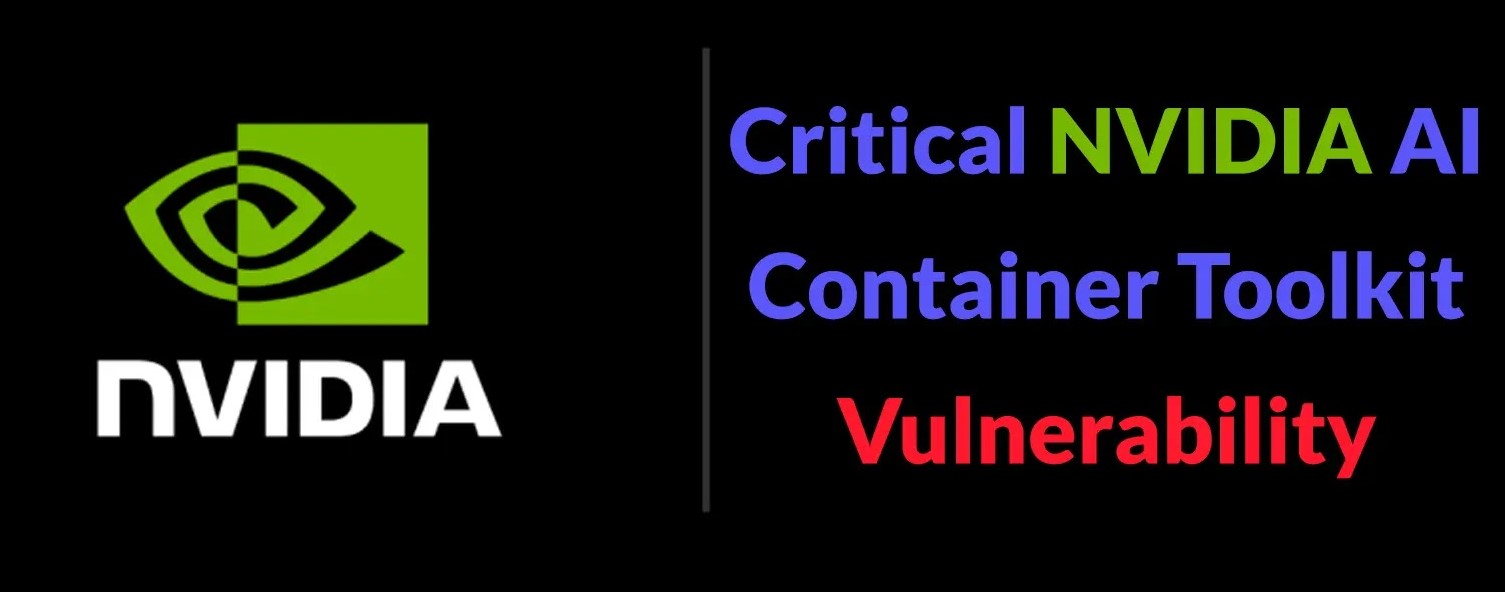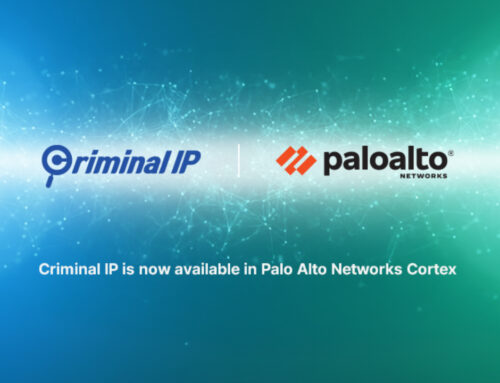
PoC Exploit Released for Critical NVIDIA AI Container Toolkit Vulnerability
Navigating the Storm: Critical NVIDIA AI Container Toolkit Vulnerability Exposed
The landscape of artificial intelligence is rapidly expanding, with containerized environments forming its crucial backbone. However, this foundational technology is now under severe scrutiny following the discovery of a critical vulnerability in the NVIDIA Container Toolkit. This flaw, dubbed “NVIDIAScape” and tracked as CVE-2025-23266, presents a significant threat, particularly to cloud-based AI services, by enabling container escapes. With a maximum CVSS score of 9.0, its severity demands immediate attention from IT professionals, security analysts, and developers leveraging NVIDIA’s AI infrastructure.
Understanding NVIDIAScape (CVE-2025-23266)
At its core, CVE-2025-23266 facilitates a container escape. This means that a malicious actor, once inside a containerized environment (be it through a compromised application or other means), can break out of that isolated boundary and gain access to the underlying host system. In the context of the NVIDIA Container Toolkit, this is particularly alarming. The toolkit is designed to provide seamless GPU acceleration within containers, effectively bridging the container’s isolated world with the host’s powerful hardware. A successful escape exploiting NVIDIAScape could grant an attacker extensive privileges, leading to:
- Unauthorized access to sensitive data and AI models.
- Manipulation or exfiltration of intellectual property.
- Establishment of persistent backdoors on the host.
- Disruption of critical AI workloads and services.
- Lateral movement within a broader network infrastructure.
The fact that a Proof-of-Concept (PoC) exploit has already been released heightens the urgency. PoCs significantly lower the bar for attackers, transforming theoretical vulnerabilities into practical threats that can be rapidly weaponized and deployed in the wild. This makes proactive mitigation strategies not just recommended, but imperative.
Impact on AI Infrastructure
Cloud-based AI services are particularly vulnerable to CVE-2025-23266. Many organizations rely on shared cloud environments for their AI development and inference pipelines. A container escape in such a multi-tenant setting could potentially allow an attacker to compromise other containers or even the host machine, leading to a broader compromise affecting multiple users or tenants. Furthermore, the specialized nature of AI workloads, often involving large datasets and proprietary models, makes them prime targets for data theft and intellectual property extraction.
Enterprises running on-premise AI infrastructure utilizing the NVIDIA Container Toolkit are not immune. While the immediate threat surface might seem smaller than a shared cloud, a successful escape on an internal server could still lead to a deep breach within the corporate network, impacting other critical systems and data repositories.
Remediation Actions and Best Practices
Addressing CVE-2025-23266 requires a multi-faceted approach. Organizations must prioritize immediate patching and reinforce their existing container security postures.
- Patching and Updates: The most crucial step is to apply the latest security updates provided by NVIDIA for the Container Toolkit. Regularly monitor official NVIDIA security advisories and promptly implement recommended patches.
- Principle of Least Privilege: Ensure that containers run with the absolute minimum necessary privileges. Avoid running containers as root and restrict access to host resources.
- Container Image Security: Use trusted and regularly scanned container images. Integrate vulnerability scanning into your CI/CD pipeline to detect known flaws in third-party libraries and dependencies.
- Runtime Protection: Implement container runtime security solutions that can detect and prevent suspicious activities, such as attempts to access host resources or modify container configurations.
- Network Segmentation: Isolate containerized environments from sensitive parts of your network. Implement strict firewall rules to limit inbound and outbound connections.
- Host System Hardening: Ensure that the underlying host operating systems are hardened according to security best practices, with all unnecessary services disabled and regular patching applied.
- Regular Auditing and Monitoring: Continuously monitor container and host logs for anomalous behavior. Implement robust alerting mechanisms to detect potential compromise attempts.
Key Tools for Container Security
Leveraging specialized tools is essential for effective detection and mitigation:
| Tool Name | Purpose | Link |
|---|---|---|
| Trivy | Open-source vulnerability scanner for container images and file systems. | https://aquasecurity.github.io/trivy/ |
| Clair | Open-source static analysis tool for vulnerabilities in application containers. | https://github.com/quay/clair |
| Falco | Runtime security for containers, detecting anomalous behavior and threats. | https://falco.org/ |
| Docker Bench for Security | Script to check Docker daemon, images, and containers against CIS benchmarks. | https://github.com/docker/docker-bench-security |
| Aqua Security (Commercial) | Comprehensive container security platform for image scanning, runtime protection, and compliance. | https://www.aquasec.com/ |
Looking Ahead
The “NVIDIAScape” vulnerability (CVE-2025-23266) is a stark reminder that even the most cutting-edge technologies are not immune to critical security flaws. As AI adoption accelerates and containerization becomes ubiquitous, the attack surface expands. Organizations must move beyond basic containerization to implement robust security architectures that encompass image integrity, runtime protection, and continuous monitoring. Vigilance, timely patching, and adherence to security best practices are paramount to safeguarding the integrity and confidentiality of AI workloads and the underlying infrastructure from emerging threats like NVIDIAScape.





